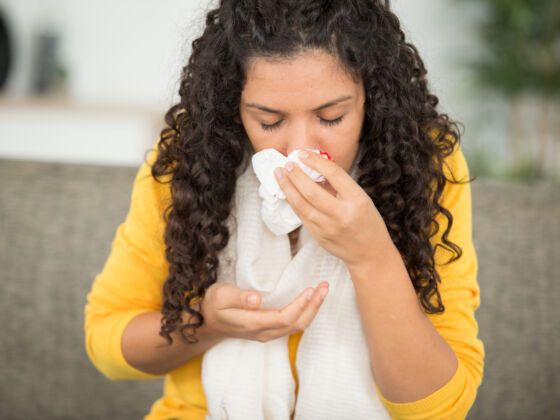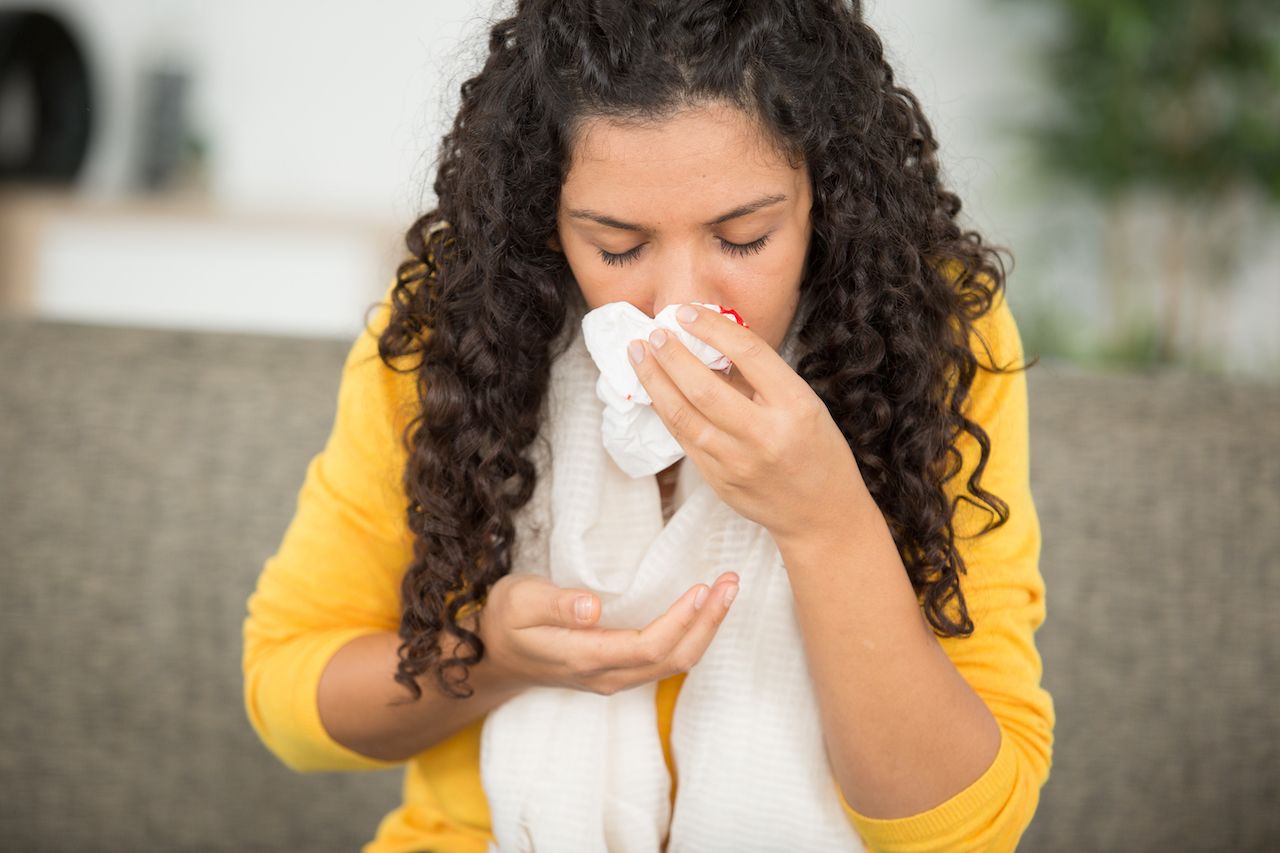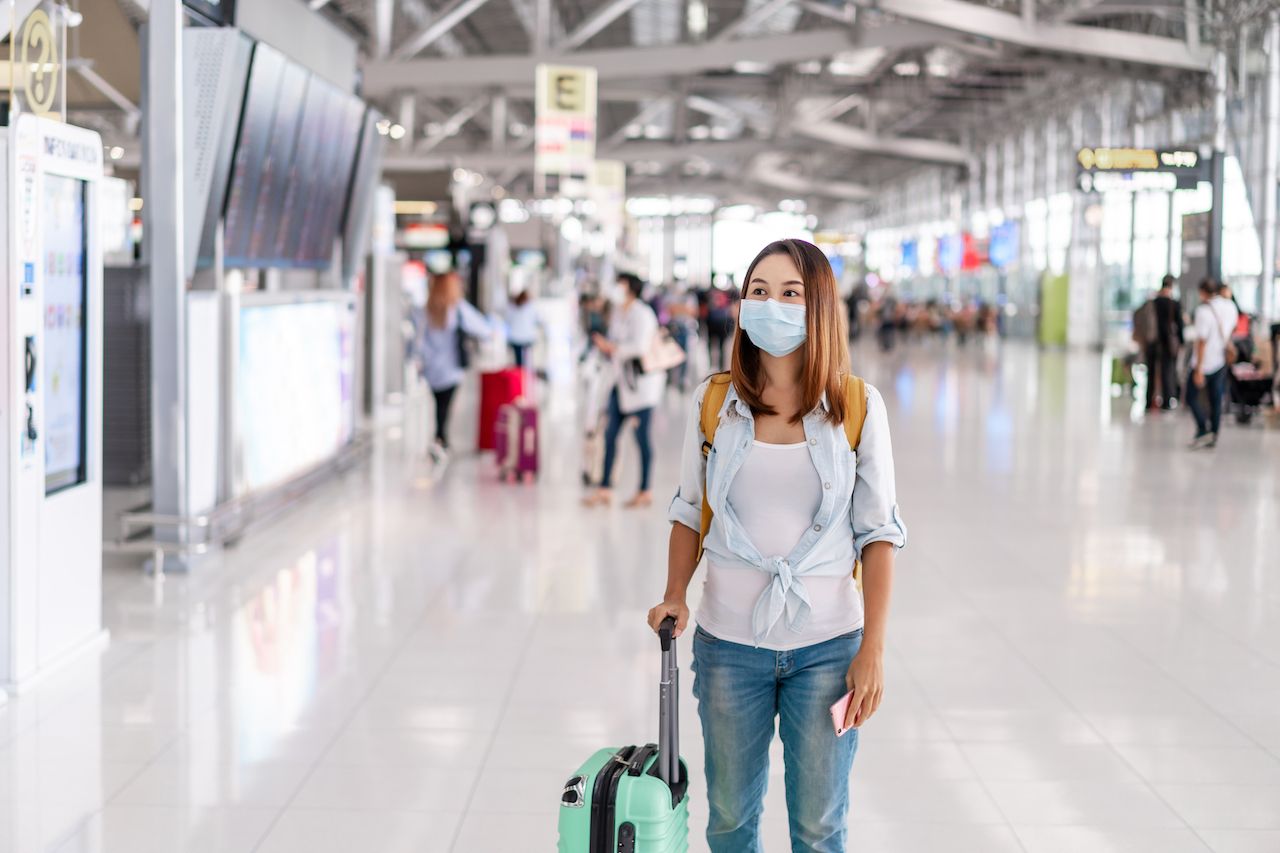In addition to purchasing travel insurance, booking accommodations, and getting up-to-date on immunizations, people with a bleeding disorder, such as hemophilia or Von Willebrand disease, need to take extra precautions before setting out on a travel excursion. Whether it be a short business engagement or a multi-week escape from home, follow these tips to keep your travels safe and smooth.


What Travelers With a Bleeding Disorder Need to Know Before Their Trip
Talk to the Hemophilia Treatment Center
There are over 140 federally-funded Hemophilia Treatment Centers (HTC) located across the United States of America that provide specialized care for individuals with bleeding disorders. The staff at your regional HTC are medical professionals who are trained in treating bleeding disorders. They are your go-to contact and will answer any and all questions about traveling. The HTC will also provide you with a travel letter for your trip. This letter will explain your condition and the necessity of your medication and accompanying supplies. It will stay with your medication and is useful as a reference if you are stopped at a security checkpoint. Moreover, the HTC can help you get a medic alert bracelet or necklace, which will allow emergency personnel to identify your bleeding disorder and get you the medical treatment you need.
Your regional HTC can also help navigate the HTC Directory for Hemophilia Treatment Centers, and find the nearest center to your travel destination. Save the contact information for your current HTC and the nearest HTC to your destination, just in case. Traveling internationally? Use the World Federation of Hemophilia’s Global Treatment Centre Directory, for a list of HTCs worldwide.
Always plan ahead

Photo: ALPA PROD/Shutterstock
Regardless of your mode of transportation, keep your medication and supplies with you at all times. Likewise, carry a copy of pertinent medical information — health insurance cards and prescriptions — with your medication. Store it in the same place as the travel letter from the HTC for easy reference. Familiarize yourself with the Center for Disease Control website, Travel Safe with a Bleeding Disorder, as the site has a lot of great information. Additionally, further your education and read The National Hemophilia Foundation’s, Travel and Vacation Planning. This extensive document goes over everything travel-related, from safely storing medication to communicating with unfamiliar ER physicians.
While preparing to travel, plan on bringing all of the medication and supplies that you need for the trip. Plus, additional medication and supplies for unforeseen travel delays or emergencies. The HTC can help determine how many doses to bring. Also, ask your pharmacy for a small travel-sized Sharps container to safely dispose of used needles. Remember to bring everything by making a checklist, or print the one you found on the CDC website. Triple-check that you’ve packed everything. No one wants to ruin a vacation because they ran out of syringes or alcohol pads. Besides, needing to receive medication at the hospital because you didn’t bring enough is very costly and time-consuming. There is also no guarantee that the hospital will have medication for your bleeding disorder on hand. Don’t risk it. Bring more than you need.
If you will be gone for weeks or months, consider having the pharmacy ship large quantities of medication to where you are staying. Admittedly, this can be a bit trickier to do internationally. Speak with your pharmacy. While traveling internationally, CDC guidance for a bleeding disorder recommends, “having an additional copy of the travel letter written in the primary language of the country you are visiting.” This can save time and the headache of tracking down an interpreter.
Navigating the airport

Photo: kitzcorner/Shutterstock
Joosh Namnehi has traveled domestically and internationally. He has journeyed to India and the Philippines to support the Hemophilia Federation of India and the Hemophilia Advocates for the Philippines, respectively. He also has severe hemophilia. His advice: “Don’t worry about anything. Everyone at the airport can identify medication and isn’t worrying about factor (anti-hemophilic medication).”
While traveling on an airplane, keep your medication and supplies in a carry-on bag as medication should not be kept under the plane for a variety of reasons. Vials could break, temperature changes might affect the efficacy of the product, or your luggage could be lost. Plus, there may be a chance that you will need treatment while traveling. “Always keep a box accessible on your carry-on, because transpacific and transatlantic flights will be 13 hours until you see the ground again,” suggests Mr. Namnehi.
Yes, medication and supplies can take up significant space. Fortunately, your personal travel bag of medical necessities doesn’t count against carry-on restrictions. The CDC website Travel Safe with a Bleeding Disorder states, “Medicine and medical supplies are exempt from airline baggage restrictions.” Make it easier on yourself and the airport security officers by keeping your medication, supplies, and medical documents in a clear bag that you can easily remove from your carry-on. Help make medication easy to identify by leaving it in the original packaging. Furthermore, deal with unexpected security delays by arriving early to the airport, or apply for TSA PreCheck and breeze through security.
“Today, most airports and airlines have plenty of amenities for anyone traveling with special needs. All you have to do is ask,” says Clay Gorham, a commercial airline pilot with mild hemophilia. Waiting in long lines, traversing terminals, and sitting for extended periods of time can wreak havoc on knees and ankles. Save your joints by asking for a golf cart or wheelchair escort to the gate. Mr. Namnehi says, “Always ask for a wheelchair escort. Some airports, internationally, require a reservation for them. Kuala Lumpur (in Malaysia) is one. That was a tough lesson.”
Treat the morning of the flight, or at the very least, know your prophylactic regimen and know your body. It’s no fun to infuse in the plane’s lavatory because of an unexpected bleeding episode. If you do need to treat at the airport, please, safely dispose of any used needles. Sharps containers are available in most airport bathrooms in the United States.
We all know we should be moving more, but what if you’re stuck on a flight? Sitting for extended periods of time is tough on the body as blood flow stagnates and joints stiffen.
Book an aisle seat, or an emergency row, and use that extra space to your advantage. Practice couch calisthenics and stretch those stiff appendages. Pace the aisles and move the blood in the legs. Sure, you might look silly. But, your body will appreciate it.
It may seem overwhelming, but with proper planning, traveling with a bleeding disorder is a breeze. Talk to your HTC, plan ahead, and explore.